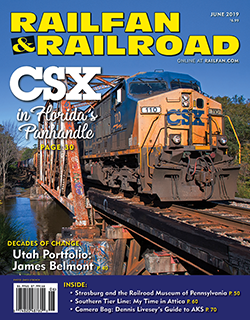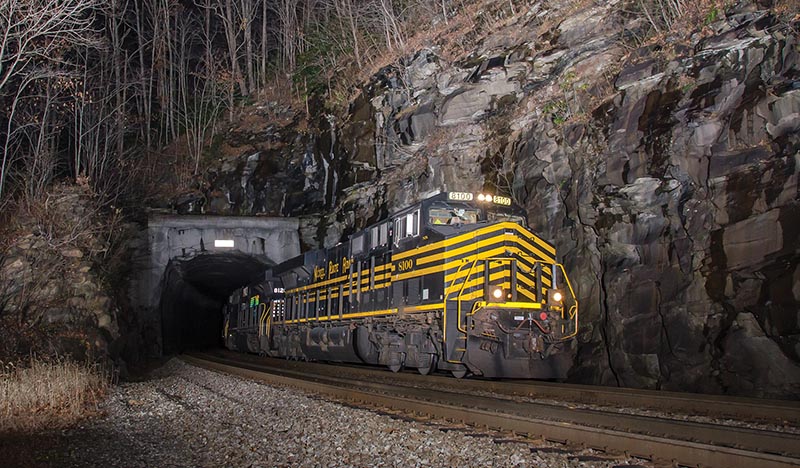 As a historian, one of my favorite mental games is to imagine alternative timelines, to play a game of “What if?” There is only one, very simple rule to the game — all speculation has to begin with only one change, with subsequent changes dependent on the first one. For example, imagine a world in which Congress never backed the transcontinental railroad, which in turn would mean the transcons would have been built much later, perhaps by different companies, perhaps on different routes — or maybe, as in Australia — to different gauges! All of these subsequent changes flow from the first.
As a historian, one of my favorite mental games is to imagine alternative timelines, to play a game of “What if?” There is only one, very simple rule to the game — all speculation has to begin with only one change, with subsequent changes dependent on the first one. For example, imagine a world in which Congress never backed the transcontinental railroad, which in turn would mean the transcons would have been built much later, perhaps by different companies, perhaps on different routes — or maybe, as in Australia — to different gauges! All of these subsequent changes flow from the first.
One recent game of “what if,” played out with a few friends over pizza, was rather fascinating — what if the Interstate Highway System had never been built?
First, this would not mean that there would be no car culture in the U.S. Still extant would be the “good roads” movement, the U.S. Numbered Highway System of 1925, a number of local expressways and parkways, and several state-owned toll systems. In short, this is a world in which Route 66 would be your primary way across the West.
It would not, however, be a world with a contiguous and well-maintained national network of limited access highways. With no interstates, it seems unlikely that interstate trucking would have developed as robustly, if at all. Would less-than-carload freight — crates of stuff delivered to the nearest depot in a boxcar — have persisted far longer? Might the Railway Express Agency have morphed into UPS or FedEx? “Loose car” railroading — the delivery of single freight cars to smaller industries — would likely still be the bread and butter of rail shipping, and maybe that would mean more spurs, more distributed manufacturing, more switch engines.
What about the larger railway landscape? Without a strong trucking industry to compete with, it’s conceivable that the savings-driven merger mania would have been slower, more deliberate, and perhaps better executed. Lines that had been marginal in our universe would have fared better. Rock Island and The Milwaukee Road might still be around, and Penn Central may never have been conceived. If no Penn Central, then no late 1960s crisis, no nationalization of passenger service, no Conrail.
The pre-Eisenhower highway system had already had an impact on the railways, of course. Regional and metropolitan trucking had already removed much of the railways’ short-haul business. Those two-lane blacktop roads had also eaten into local passenger service, causing deep losses, but not significantly impacting long-distance trains. The knitting together of state roads and turnpikes, especially in the East, would probably have diminished these profits eventually, but this would have been a decline rather than a crisis. It’s conceivable to imagine Amtrak emerging in the 1980s or even 1990s, not as a government bailout, but as a cooperative cost-sharing move, something akin to TTX equipment pool services.
These sorts of games are fun, a source of endless friendly debate and speculation. Who doesn’t want the laugh of imagining a TTX-painted sleeper car? Who doesn’t want to create a world with The Milwaukee Road still in it? Playing “what if” can help make obvious the consequences of specific decisions. When we build alternate histories, we better understand our own real ones — and we can have some fun along the way.
—Consulting Editor ALEXANDER BENJAMIN CRAGHEAD is a transportation historian, photographer, artist, and author.



